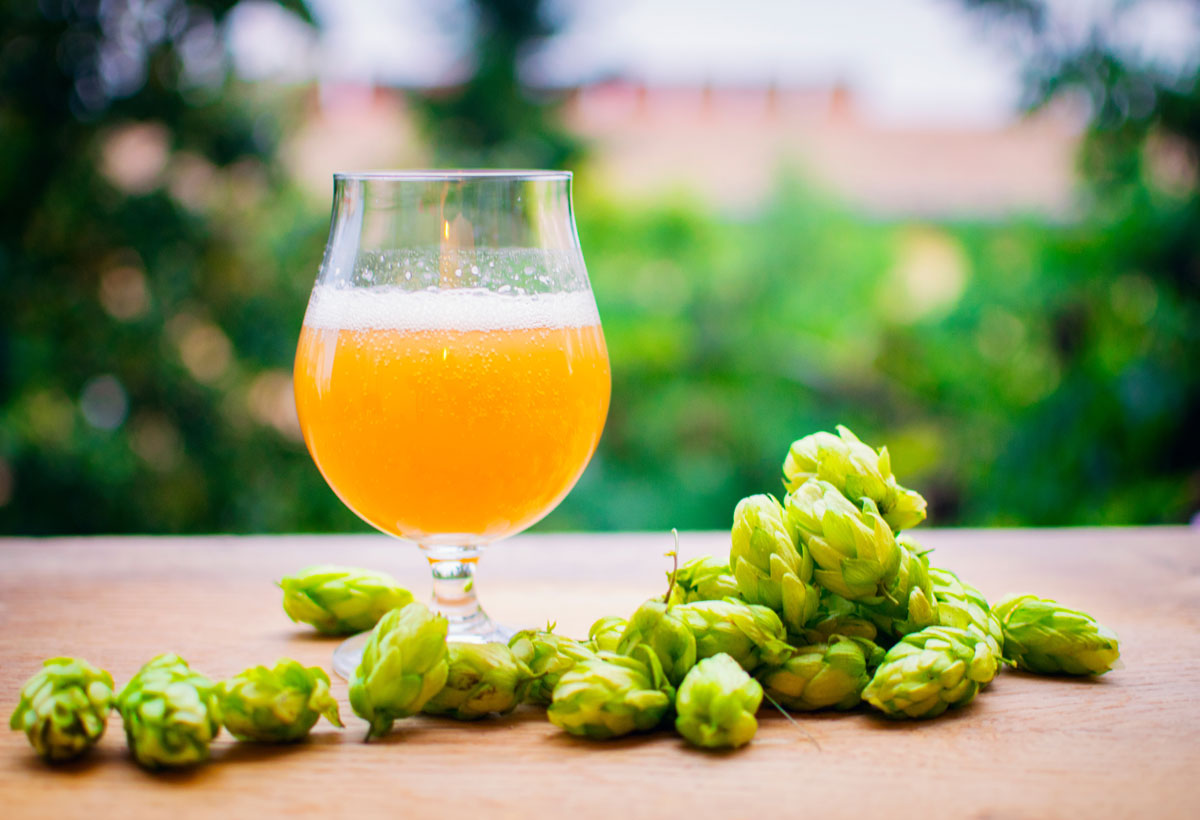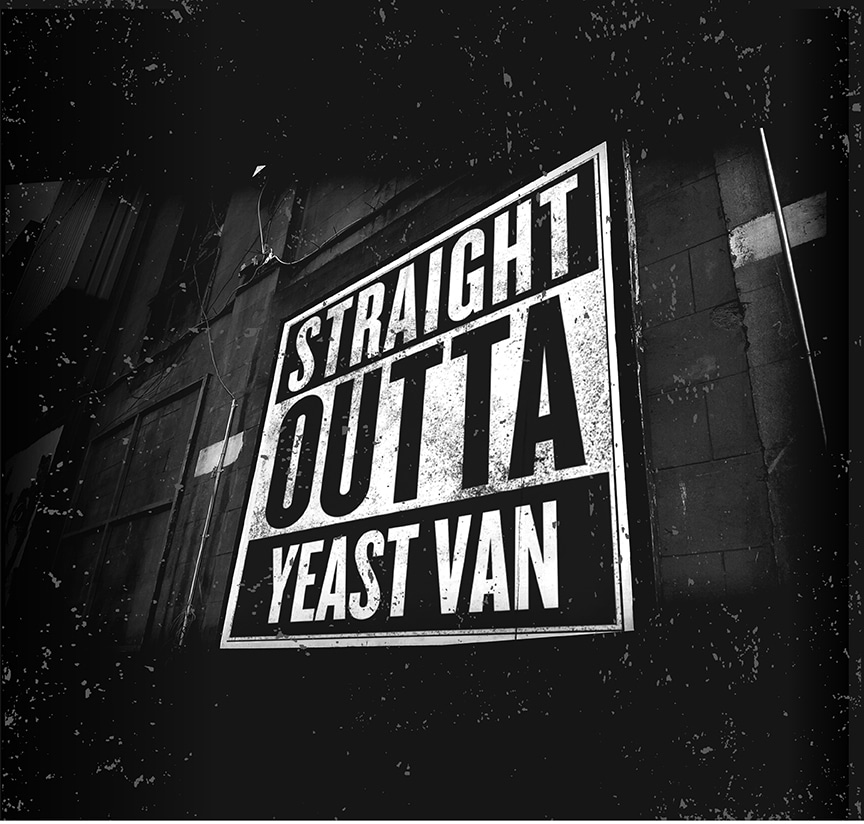The good, the bad and the ugly

Hops. These little green cones are the spice rack of the beer world, capable of transforming a simple brew into a symphony of flavour. But just like any ingredient, hops can be a double-edged sword. They can bestow glorious aromas and tastes, or they can unleash a torrent of off-flavours that make you question your life choices. So, let’s dive into the wonderful, weird, and downright wicked world of hop-derived flavours.
The Good: Hop Heaven
When hops are used correctly, they can contribute a dazzling array of desirable flavours. Think of these as the hop heroes, the flavours that make you crave another sip.
Citrus: Imagine biting into a juicy grapefruit or zesty lemon. Many hop varieties, especially those from the “C” hops (Cascade, Centennial, Chinook, Columbus), deliver bright citrus notes. These flavours are refreshing and invigorating, perfect for a sunny afternoon or cutting through the richness of a hearty meal.
Fruity/Tropical: From mango and passionfruit to berries and stone fruit, hops can create a veritable fruit salad in your glass. These flavours are often associated with newer hop varieties and contribute a juicy, sometimes sweet, character to the beer. Think hazy IPAs bursting with tropical goodness.
Floral: Picture a blooming meadow with delicate aromas of roses, lavender, or even honeysuckle. Floral hops add a touch of elegance and complexity, lending a sophisticated air to the beer. They can be subtle and nuanced or bold and fragrant.
Herbal/Spicy: Hops aren’t just about fruit and flowers. They can also contribute herbal notes like pine, mint, or even black pepper. These flavours can add a refreshing, almost medicinal quality to the beer, or a warming, spicy kick.
Resinous/Piney: Think of the smell of a forest after a rain shower. Resinous and piney hops bring a distinctive, almost earthy character to the beer. These flavours are often associated with classic American IPAs and can provide a pleasant bitterness that balances the sweetness of the malt.

The Bad: Hop Hiccups
These are the hop flavours that aren’t exactly desirable, but they’re not deal-breakers either. Think of them as the hop hiccups—annoying, but you can usually get past them.
Grassy/Hay-like: Imagine the smell of freshly cut grass or a barn full of hay. While not always unpleasant, these flavours can indicate oxidation or improper hop storage. In small amounts, they might even add a rustic touch, but too much can be distracting.
DMS (Dimethyl Sulfide): This flavour is often experienced as creamed corn or cooked cabbage. While it’s not strictly a hop-derived flavour (it’s typically related to malt), some hop varieties can contribute to its formation. In low concentrations, it might not be noticeable, but in higher concentrations, it can be quite off-putting.
Spicy/Peppery (in excess): A little spice can be nice, but too much can be overwhelming. Some hop varieties can contribute a peppery or spicy character that, while enjoyable in moderation, can become harsh and astringent if overdone.
Metallic: This flavour can be reminiscent of tin or aluminum. It can be caused by various factors, including certain hop varieties or issues with the brewing equipment. Metallic flavours are often considered undesirable and can detract from the overall drinking experience.
The Ugly: Hop Horrors
These are the hop flavours that make you want to pour the beer down the drain (or, you know, politely hand it back to the bartender). They’re the hop horrors, the flavours that haunt your nightmares.
Cheesy/Rancid: Imagine the smell of old cheese or rancid butter. This flavour is often caused by the oxidation of hop oils and is a sign of old or poorly stored hops. It’s a definite red flag and a sign that the beer should be avoided.
Hop Burn: This harsh, lingering bitterness can feel like you’ve licked an ashtray. It’s often associated with aggressive dry-hopping, particularly with certain hop varieties. While some degree of bitterness is desirable in many beers, hop burn is a different beast altogether, leaving a rough, almost medicinal aftertaste.
Vegetal: This can manifest as flavours like celery, green beans, or even cooked cabbage. It can be caused by various factors, including the use of certain hop varieties or issues with the brewing process. While some subtle vegetal notes might be acceptable in certain styles, strong vegetal flavours are generally undesirable.
Light Struck: Also known as “skunking,” this aroma is reminiscent of skunk spray. It occurs when beer is exposed to light, particularly UV light, which reacts with hop compounds. Light-struck beer is easily recognizable by its distinctive and unpleasant aroma.
So, there you have it—a whirlwind tour of hop flavours, from the heavenly to the hideous. Understanding these flavours can help you appreciate the complexity of hops and make informed choices about what you drink. Cheers to the good hops, and may you never encounter the ugly ones!




